Audience: Secondary educators
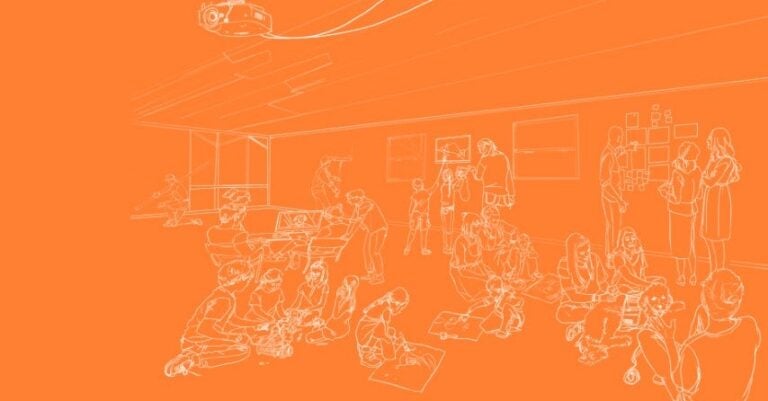
5 tips for creating an inclusive secondary school learning model
Leverage special educators’ knowledge and skills to increase the effectiveness of educator teams.

Self-organized learning environments
Learn to implement self-organized learning environments, an instructional approach in which students explore complex questions in self-organized peer groups.
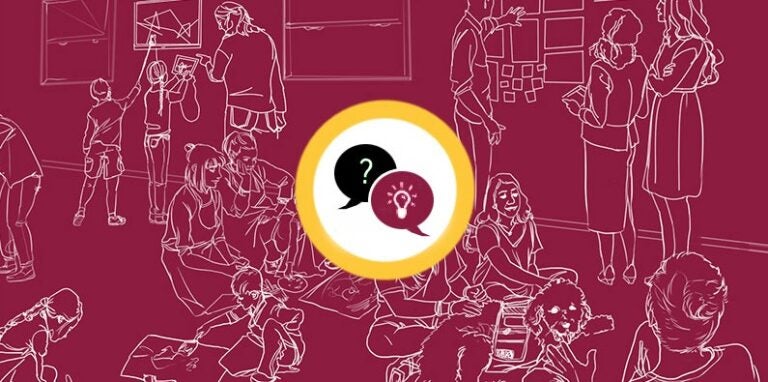
Video: What is the Next Education Workforce?
How the Next Education Workforce initiative at Arizona State University’s Mary Lou Fulton Teachers College works with schools and other partners.
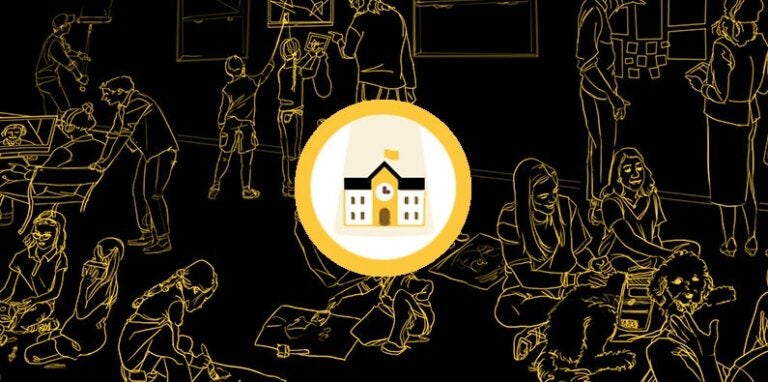
Smith Junior High: Spotlight on the schedule
Smith Junior High is located in Mesa, Arizona and serves about 900 students in grades 7-8. Each core educator team serves about 150 students and includes certified teachers with expertise in a specific content area one of whom serves as the lead teacher for the team. In this resource, you’ll view an example schedule at a glance, as well as three sample student schedules.

Smith Junior High: School profile
Smith Junior High is located in Mesa, Arizona, and serves about 900 students in grades 7-8. Each core educator team serves about 150 students and includes certified teachers with expertise in a specific content area, one of whom serves as the lead teacher for the team. In this resource, you’ll find out how they’re implementing a Next Education Workforce model.
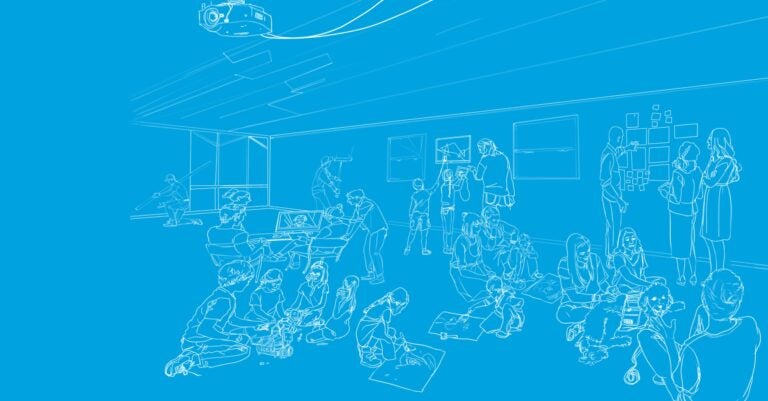
Connecting with Community Educators
Community educators can be found simply by asking around your own social networks and community. However, there are also resources made specifically to locate and connect with industry experts who are ready to support your learning environment.

Mock Trial
Activating a lawyer for unit planning support is a great example of a community educator contributing to the distributed expertise of a team. Learn how.

Living Library
The Living Library brought more than 35 community educators — from stay-at-home parents to investment bankers — to connect with high school students struggling to see the importance of learning math.

Bringing mindfulness into the learning space
Educators at SPARK School at Kyrene de las Manitas give students the opportunity to practice intentional mindfulness each day during Student-Selected Mindfulness Time.
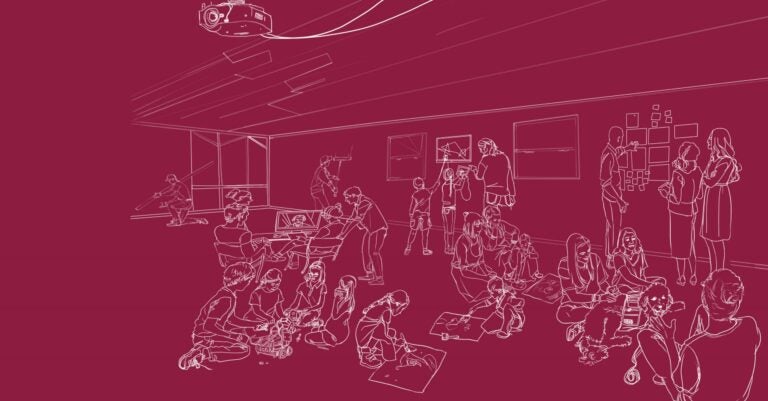
Lead teacher role description
Lead Teachers are educators who guide the educator team in sharing responsibility for all elements of student support, instructional planning, and delivery; lead the team in maintaining high expectations for student learning; and ensure the team functions at a high level to serve all learners by strength and need. This description of the Lead Teacher role is intended to be customized based on the unique needs of each school district.

Aspects of teacher roles
This organizer breaks down aspects of how teachers experience their roles, starting with workday, collaboration, and duties. These aspects are the result of decisions about school system elements, or “levers.” This framing allows teachers and leaders to discuss how those decisions about school levers create aspects of the teacher experience that are enabling or constraining.

Family interviews
Big Picture Learning educators hear multiple perspectives on students’ interests, assets and challenges at the beginning of the year through a process they call family interviews. This is a key first step in meaningfully deepening and personalizing student learning.

Community culture questionnaire
Educators at Elm Street Academy created a community culture questionnaire out of their desire to ensure students had a voice in decision-making about community building, rules, policies and student leadership.

Mentoring residents in team-based staffing models
Residencies are backed by a strong evidence base across a range of outcomes (Azar, Grossman, Lozier & Scheib, 2021). This resource proposes new opportunities to better support teacher residents through

Distributed expertise staffing matrix
This protocol helps educators make strategic decisions around how to best leverage the distributed expertise of team members. Additionally, it can help to identify other educators who may need to join the team and in what capacities.

Interest-based student groupings
Interest-based student groupings are groupings driven by student voice and choice. This planning protocol is an opportunity for team members to explore ways to leverage your team of educators to provide student voice and choice within a lesson or across a unit. In it, you’ll identify a lesson or unit appropriate for interest-based student groupings, draft student choices and work together to plan team deployment.

Skills-based student groupings
Skills-based student groupings are groupings based on formative student learning data. This planning protocol is an opportunity for team members to explore how you might leverage your team of educators to differentiate instruction for learners. In it, you’ll identify the objective(s) of your choice, draft a check for understanding and work together to plan team deployment for skills-based student groupings.
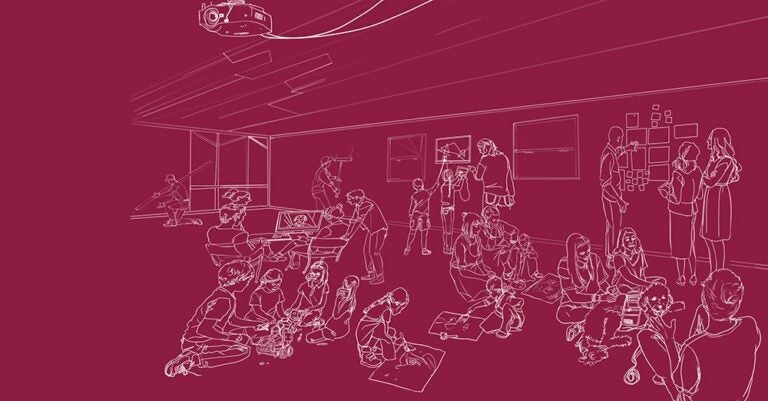
Educational legacies: Reflecting on and sharing the personal connections you make between race, class and education
In this activity, you will reflect on the connections you make between race, class and education; share those connections with your team; and listen as team members share. This activity is an opportunity to gain an understanding of each other’s lived experiences and build empathy and trust.

Establishing norms for managing conflict
Through this activity, educator team members reflect on their preferences for managing conflict and work together to agree on norms for healthy conflict as a team.

Establishing communication and working styles norms
This activity offers team members an opportunity to reflect on and share what it takes for them to feel balanced, how they prefer to process information, what they need most from their team members and more. After reflecting and sharing, team members will work together to create norms for communication and working styles.